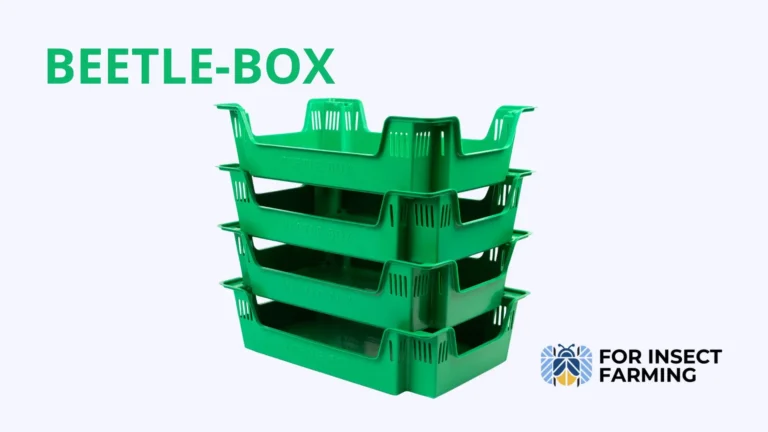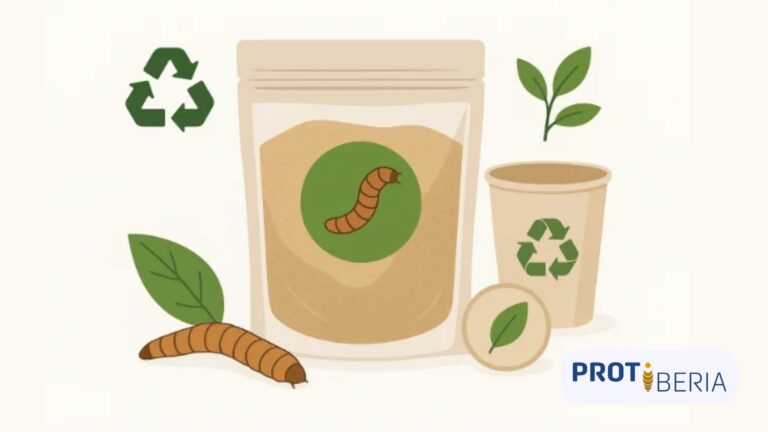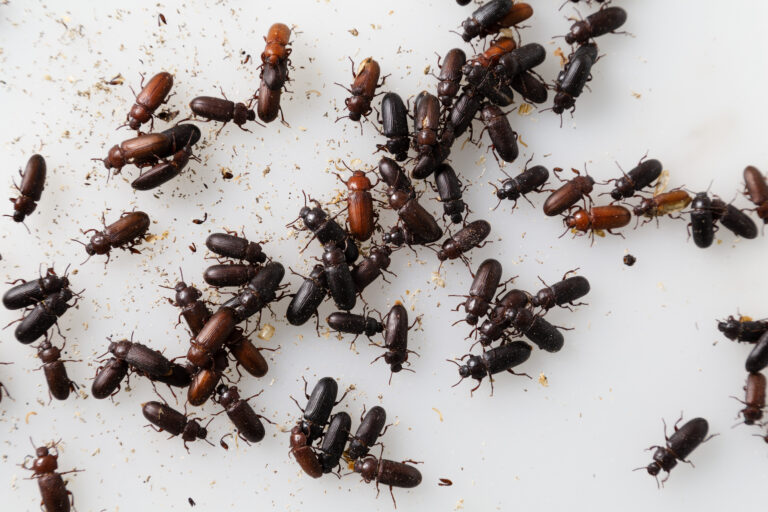| The population growth along with the different global challenges that may arise over the next years make it essential to find alternative food sources that come from sustainable production methods. |
According to the UN’s growth forecasts, by 2050 there will be 9 billion people on our planet and about 11 billion by the end of the century.
To achieve the second Sustainable Development Goal (SDG) by 2030, ending hunger in the world, the Food and Agriculture Organization of the United Nations (FAO) maintains that it will be necessary to produce twice as much food as in 2012.
This goal not only implies a very important need to increase the productive area, but also entails facing the meteorological phenomena derived from climate change, the loss of biodiversity, the progressive degradation of the soil and water scarcity.
Are insects a possible solution to food scarcity?
Taking into account the difficulties that arise for the future in terms of food, it is necessary to find alternative protein sources that come from sustainable production methods.
In this sense, insects can be a very important source of protein due to their high efficiency in food conversion and the smaller production area required. In addition, the development of Tenebrio requires a very reduced amount of resources, especially water, mainly using agro-industrial waste, and high-value waste for agriculture is generated.
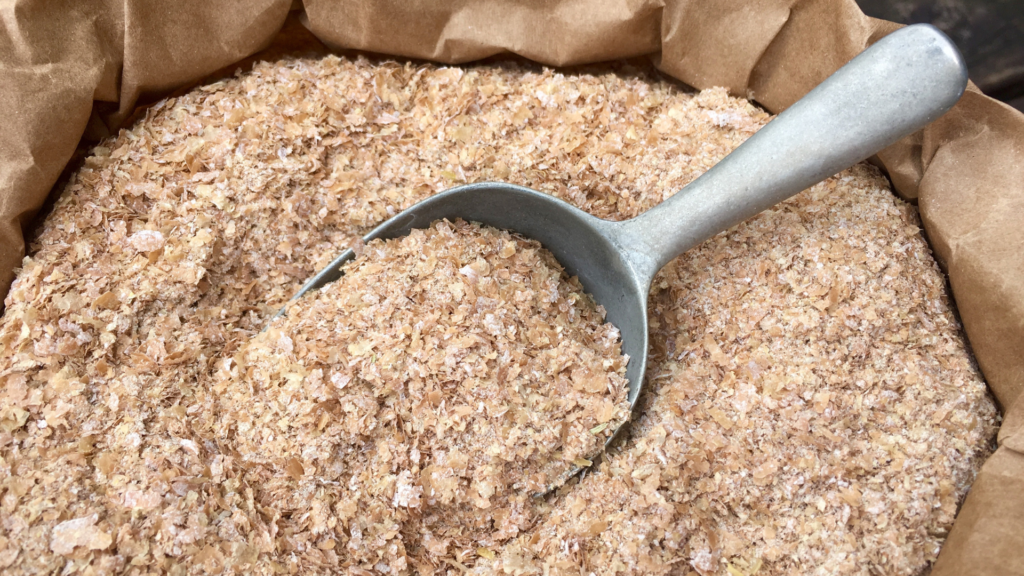
In January 2021, the EFSA (European Food Safety Authority) published a complete and exhaustive evaluation favorable to the consumption of the mealworm (Tenebrio molitor), where it considered this insect species as a safe food that stands out for its protein, fat and chitin content. This organism spoke of the use of the insect for human consumption both in whole form and as a powder additive.
Already in 2018, Regulation (EU) 2015/2283 communicated that insects meet all the requirements to be considered food, since they do not pose a risk to the consumer’s health, they are not less nutritious than other foods of animal origin and they do not mislead the consumer.
However, it is not until May 2021, when the European Union approves Tenebrio as the first insect suitable for human and animal consumption.
What are the main advantages of the sector that distinguish us from the rest?
The first one is that it is a sustainable alternative with high conversion rates, meaning that a very considerable part of the amount of food that the insect consumes is transformed into biomass of the insect itself.
These conversion rates are around 1.5 kg of food ingested per kg of insect produced. To get an idea of how striking these values are, in the beef sector the rates reach 10 kg of food per kg of meat produced.
On the other hand, feeding can be carried out by using agro-industrial waste, which means transforming low-quality vegetable waste into high-quality proteins.
In the breeding of Tenebrio molitor, all the by-products derived from its production can be used, since the chitin obtained in the adult phase of the insect is a component that can be used in the biotechnological, industrial, pharmaceutical and cosmetic sector due to its multiple properties.
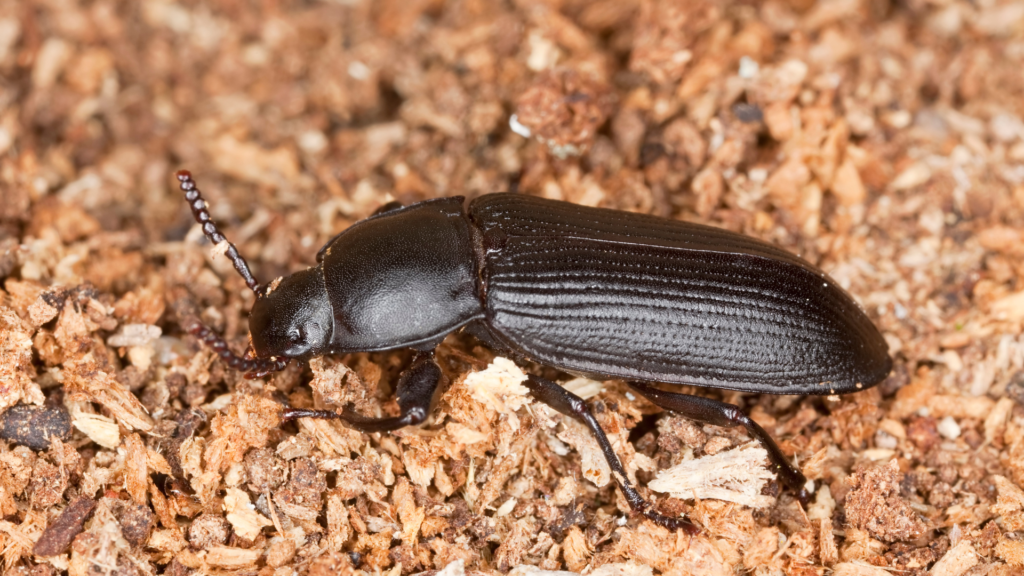
On the other hand, the frass produced by the larvae can be used as a powerful ecological fertilizer that increases the development of plants, protects them against pests, improves nutrient absorption and improves the physical and chemical characteristics of the soil.
In addition, vertical production allows a maximum use of space, which allows producing a very high amount of food in a very small space.
Finally, regarding the advantages of the sector, it is worth highlighting the nutritional characteristics of the larvae. Generally, the protein content ranges from 50-60%, fats are around 15-20%, carbohydrates around 10% and total dietary fiber around 15%. These characteristics make it a high-quality food, suitable for animal consumption both in live and dried form.
Transforming the world from Protiberia
Protiberia faces the challenges of the food industry that concern us the most by producing a healthy protein that allows feeding the world in a sustainable way.
We focus mainly on researching in depth the properties of Tenebrio to revolutionize the food industry. All this, betting on a circular model where, above all, the use of nearby agro-industrial waste and by-products prevails, with which we generate jobs in rural areas of Spain.
The worst threat to our planet is to believe that someone else will save it. The change will not be easy, but every journey begins with a first step, will you dare to take it?
References
FAO. (2020). Objetivo 2: Poner fin al hambre https://www.un.org/sustainabledevelopment/es/hunger/
Agencia Española de Seguridad Alimentaria y Nutrición. (2021). EFSA publica la primera evaluación completa de un insecto como nuevo alimento. https://www.aesan.gob.es/AECOSAN/web/noticias_y_actualizaciones/noticias/2021/evaluacion_insecto_alimento.htm
Parlamento Europeo y consejo de la Unión Europea. (2015). Reglamento (UE) 2015/2283. https://www.boe.es/doue/2015/327/L00001-00022.pdf
Unión Europea. (2021). Reglamento de ejecución (UE) 2021/882. https://www.boe.es/buscar/doc.php?id=DOUE-L-2021-80708

